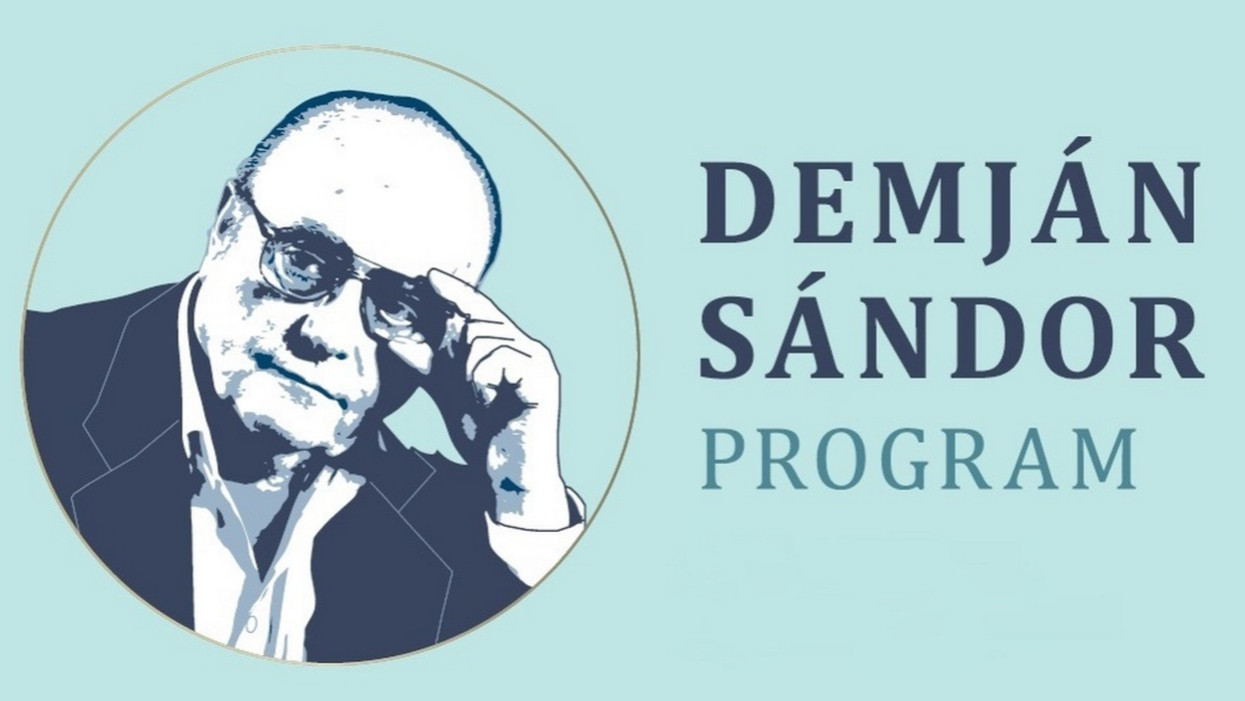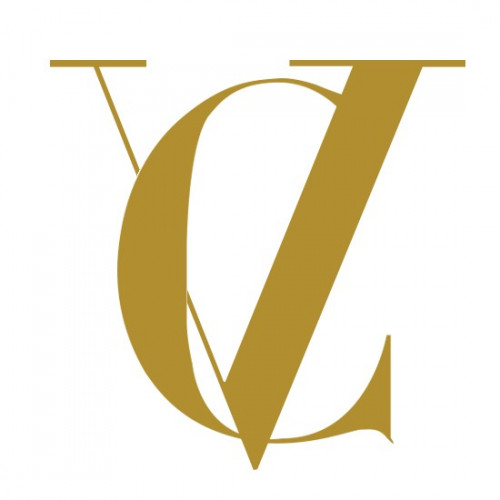How many applications will be submitted?
The pre-registration count reached 6.500, though many will likely not submit an application. There are no exact statistics, but estimates can be made based on experience. The dropout rate was further impacted by the fact that last week was quite challenging in terms of filling out the application platform, and there were likely many registrations submitted without serious intent to apply. Taking all these factors into account, 20-25% of registered applicants will likely not submit their applications, though this number could be even higher.
Even with this dropout rate, 4.000–5.000 applications are expected to be submitted.
In the midst of the rush, several changes were made to the call for proposals. Initially, the plan was to have multiple application rounds, but it was reduced to just one deadline. This decision signals that the issuer anticipates overwhelming demand and does not expect to hold additional submission rounds.
How significant will the oversubscription be?
Oversubscription is a certainty, but the scale is the real question. To estimate this, we must consider the total requested funding from all applicants. It is not useful to rely on statistics, as the expected amounts will vary widely. The maximum grant is HUF 200 million, while the minimum is HUF 5 million. Many applicants will request the maximum, while others will apply for the minimum. However, given the relaxed entry conditions, the average request will likely fall between HUF 60-100 million.
Originally, the call for proposals stated that if demand doubled the available budget, applications would be suspended. However, due to modifications, the submission period has been limited by time instead. This means that applications can be submitted until January 23 at 4:00 PM, without an early suspension of the process. If 4.000–5.000 companies apply for HUF 60-100 million, the total requested funding could reach HUF 300-500 billion. A tenfold oversubscription may be an overestimate, but a sixfold oversubscription is more realistic.
Who will win in case of oversubscription?
According to the rules of the call for proposals, submitted applications will be ranked in descending order based on their scores. Applicants with the highest scores will receive the requested funding until the available budget is exhausted. The question is: How many points are needed to ensure that our application wins? 72. However, this is only an estimate, based on the scoring table. There are two types of points: fixed points (unchangeable) and project composition points (modifiable). A maximum of 65 points can be obtained from fixed data, and 35 points from project-related data. Achieving 65 points is difficult, as there are many areas where points can be lost. However, it can already be stated that a well-prepared applicant with good parameters will score 37-42 points out of 65 (which is considered a good result). From the project-based points, through commitments and project size optimization, the applicant can secure all 35 points. This is how the 72-point threshold is reached.
Key steps for applicants who want to win:
- Ensure the own-equity ratio qualifies for the full 10 points.
- Structure the EBITDA ratio to secure another 10 points.
- Include consultancy, IT, and renewable energy projects – each worth 5 points.
If significant points are lost in these areas and cannot be compensated with fixed data, the project’s chances of winning decrease significantly.
What happens if the HUF 48 billion budget runs out?
The latest modification makes it clear that this is the only submission round, and everyone expects the budget to be depleted. It is also clear that oversubscription will be significant, meaning many high-scoring applicants may not receive funding simply due to the budget limit. Looking at the numbers, there will likely be:
- 500-1.000 winners
- 2.000-3.500 disappointed applicants
Since 2025 is expected to be a year of grants, the most obvious solution would be to increase the budget—for example, to HUF 200 billion—which has been done before.
Currently, there is no alternative to Demján 1+1, as other available GINOP and DIMOP programs serve entirely different purposes. At this moment, there is no other classic investment grant available.


